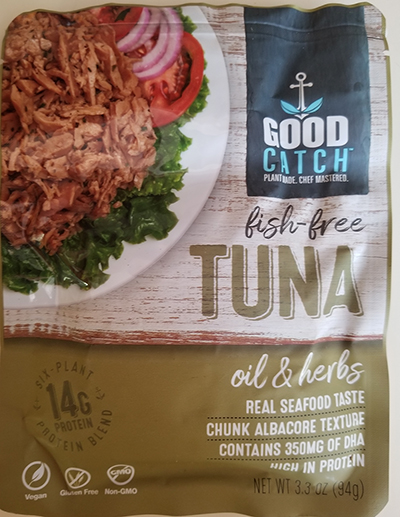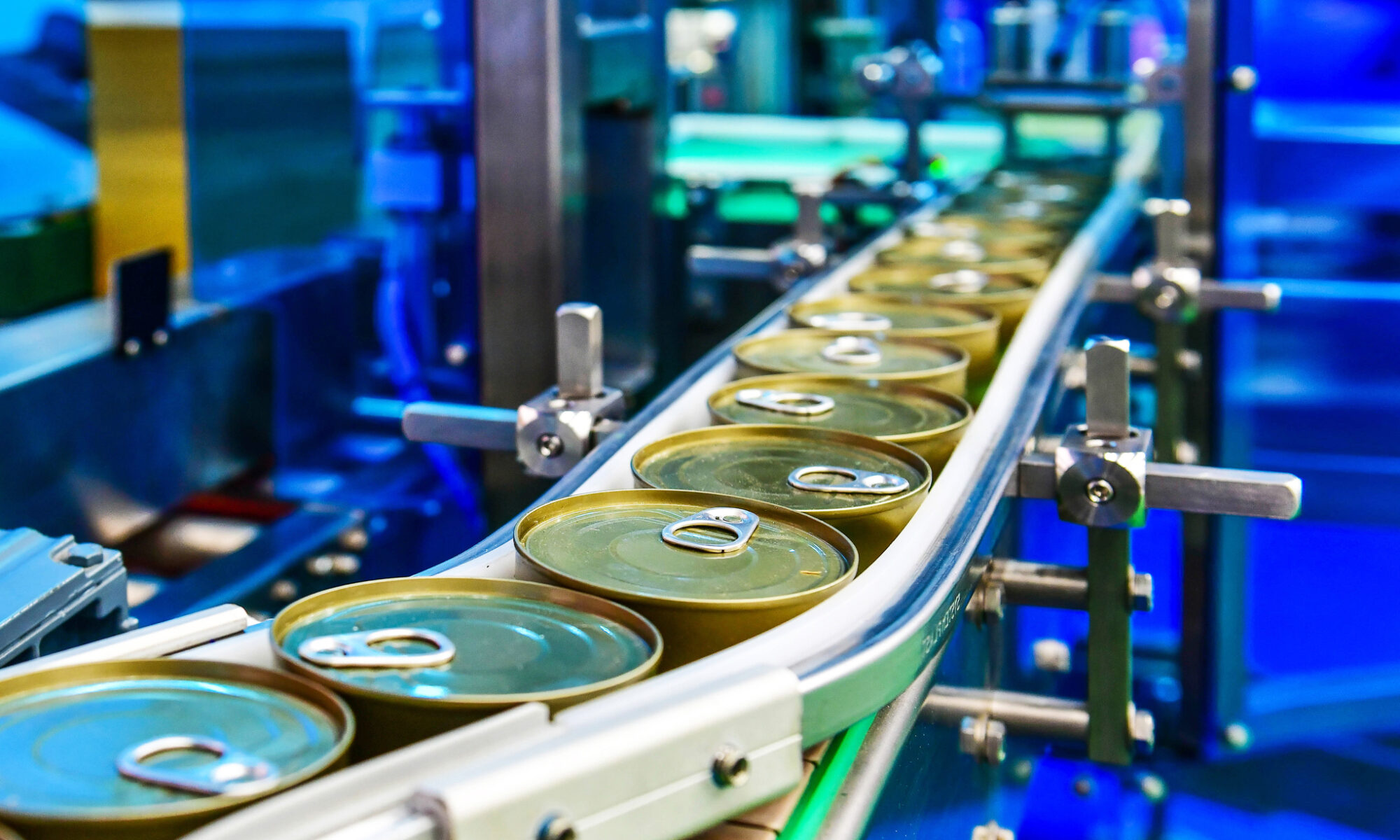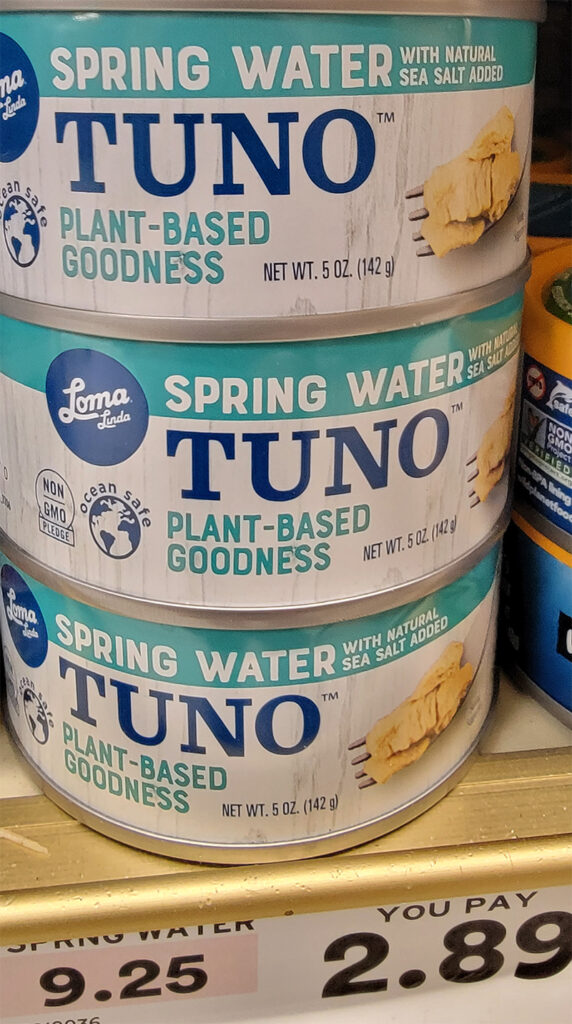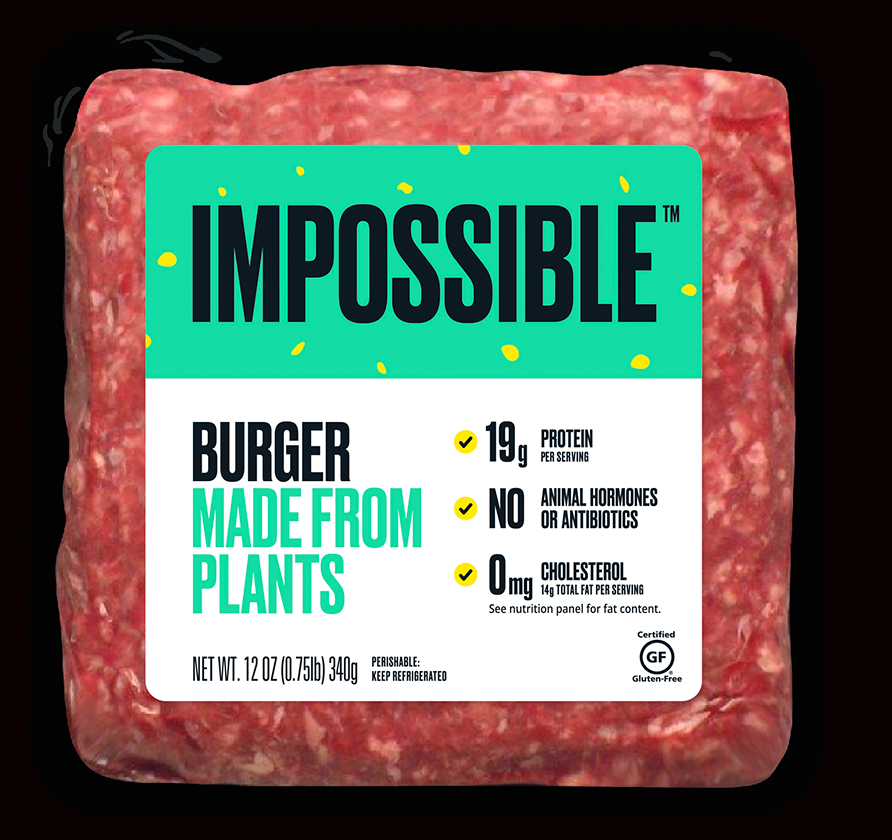It doesn’t take a degree in marine biology to know that a concoction of pea protein isolates, soy protein concentrate, lentil and faba protein (all brain-damaging free glutamate ingredients), mixed up with some spices, yeast extracts, and natural flavors isn’t anything that came from the sea.
Yet, fake seafood abounds in the supermarket, even in some restaurants. Labeled as crab cakes, fish burgers, fish sticks, salmon burgers, prawns, shrimp, and even tuna, these imitation products are labeled to confuse.
We’ve told you about Good Catch “tuna” in a pouch, TUNO, and a few others, but the market for fake food is increasing so fast, it’s hard to keep up. We’ll give a closer look to some of these products in a minute, but first, let’s look at the labeling – something you would think the FDA would be doing.
According to the trade group the National Fisheries Institute these “alternative” products are “misbranded” and violate FDA’s labeling requirements. While not mentioning the toxic nature of the ingredients, the group says that due to their overall deficiency in nutritional benefits compared to real seafood, they should be required to say “imitation” prominently on package labeling.
“The FDA’s existing requirements state that nutritionally inferior substitutes must be labeled as “imitation.” Mislabeling food is a serious infraction and can harm consumers both by depriving them of expected nutritional benefits and by possibly exposing them to food allergies. The FDA statutes state labels that are misleading in any way are regarded as “misbranded.
“…the FDA refuses to enforce such a requirement on highly processed, plant-based alternative products designed and marketed to imitate fish without containing any fish protein.”
The National Chicken Council is also up in arms about fake chicken products labeled as “chicken tenders,” “chick’n strips,” and “chopped chick’n,” to name a few. The council states that such products are “misbranded under the Federal Food Drug and Cosmetic Act.”
But despite such complaints on behalf of industry, it seems that more and more imitation foods are being introduced and purchased by confused consumers looking to eat healthier. While “plant-based” is a great marketing term, all it typically means is that the product came from a manufacturing plant.
Think about it — how many manufactured, toxic flavoring additives does it take to make pea protein or soy protein taste even remotely like crabmeat or tuna?
An Imitation Game
Two companies flooding the market in the fake food business include:
Gathered Foods, makers of the Good Catch line of imitation seafood. This company, which recently opened a manufacturing plant in Ohio (about as far from an ocean as their products are from fish), uses its proprietary “6-plant protein blend” along with a host of natural flavors, oils, starches, yeast extracts, corn starch, methylcellulose, corn maltodextrin, and corn flour to make a “tender, flaky whitefish texture.”
The special protein blend consists of pea protein isolate, soy protein concentrate, chickpea flour, faba protein, lentil protein, and soy protein isolate, all sources of brain-damaging free glutamate.
The company markets fake “crab cakes,” “tuna,” “fish fillets,” “salmon burgers,” along with food service versions so restaurants can cook up seafood fakery too.
Mega-food company Conagra Brands jumped on the pretend protein bandwagon with a complete array of pseudo-foods under the Gardein name. Its “f’sh filets” for example, contain a full line-up of chemical concoctions including “textured vegetable protein product,” “soy protein concentrate,” “titanium dioxide,” “yeast extract,” “natural flavors,” and “autolyzed yeast extract.”
Despite the fakery involved in the marketing of its products, Gathered Foods executives say on their website that they are helping to “feed” and “save the world.”
But however much funding they receive, fancy packaging they create, and cliché mission statements they post, they are nothing more than purveyors of imitation foods filled with toxic, brain-damaging ingredients.








